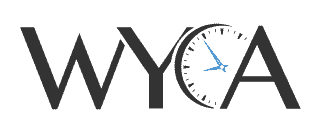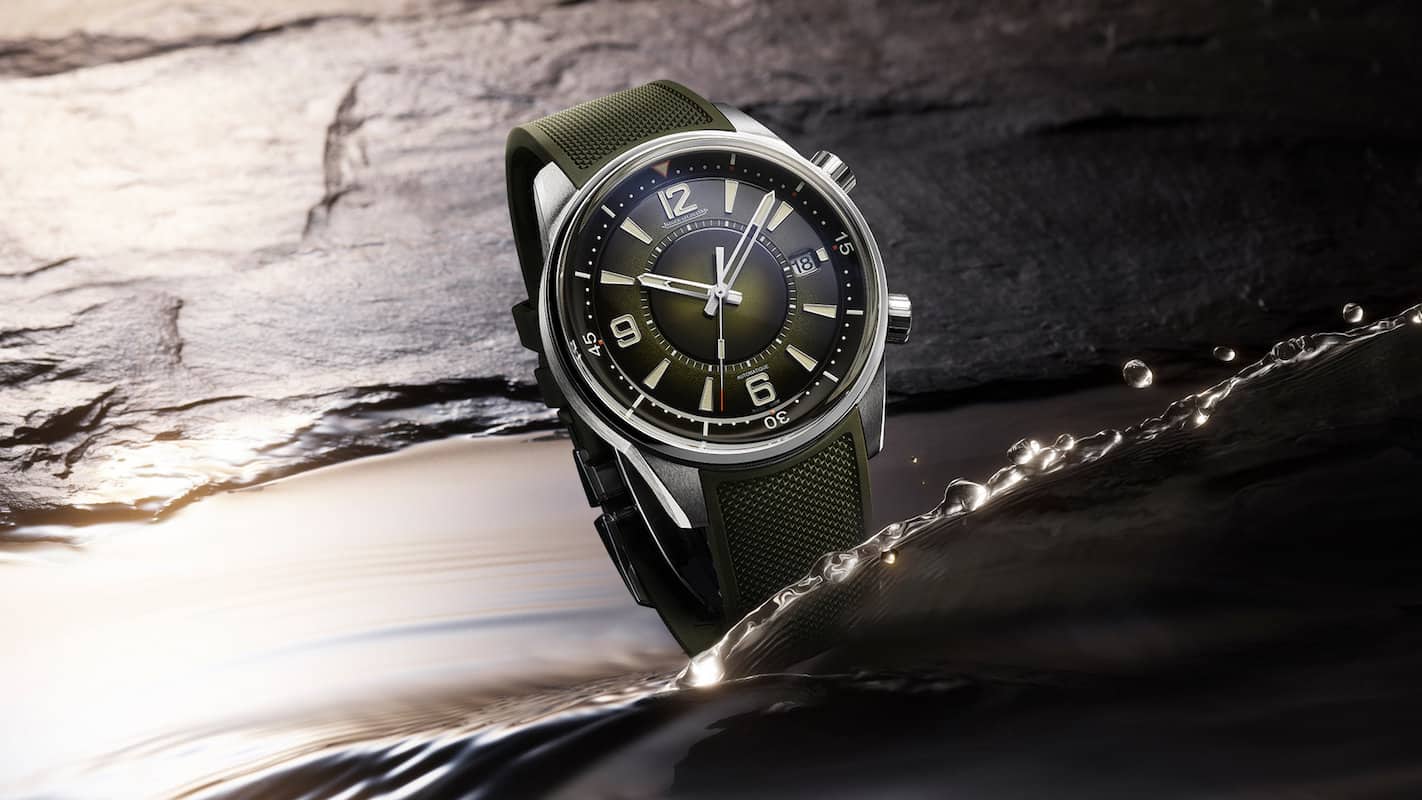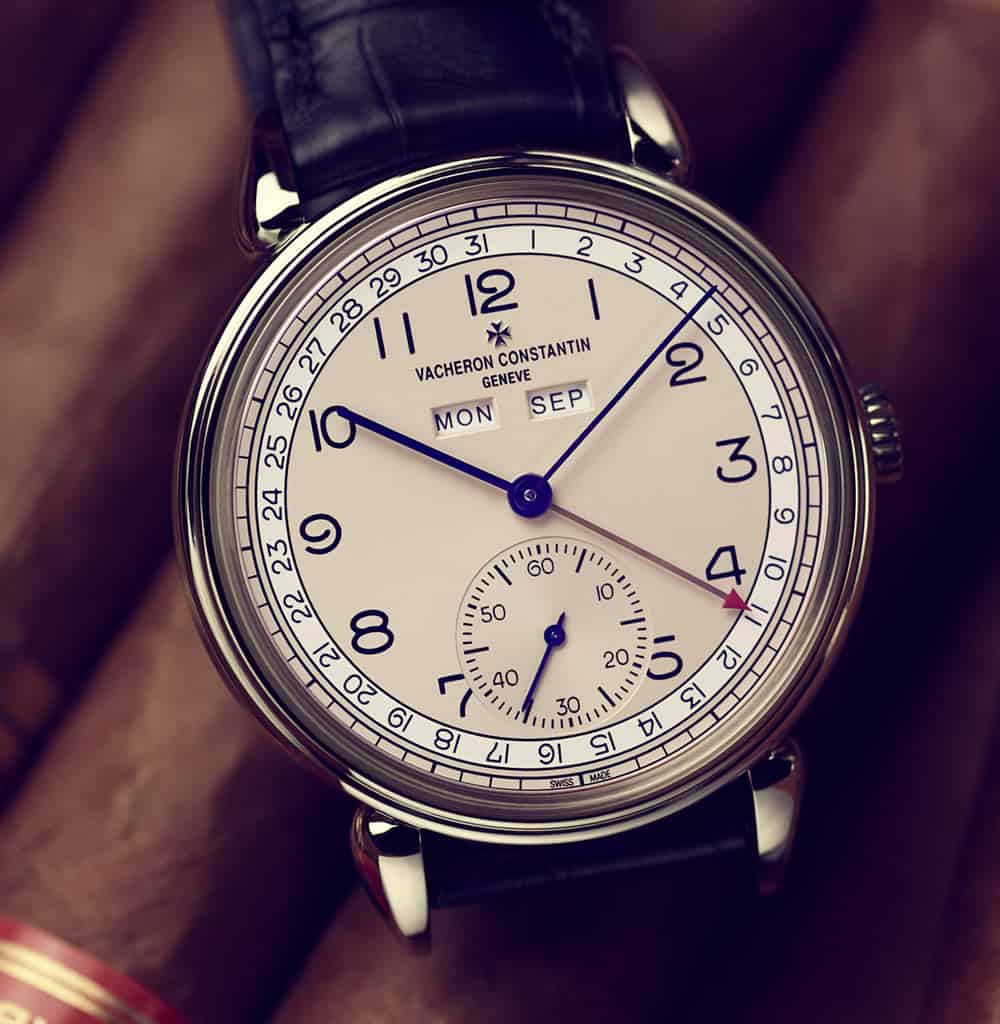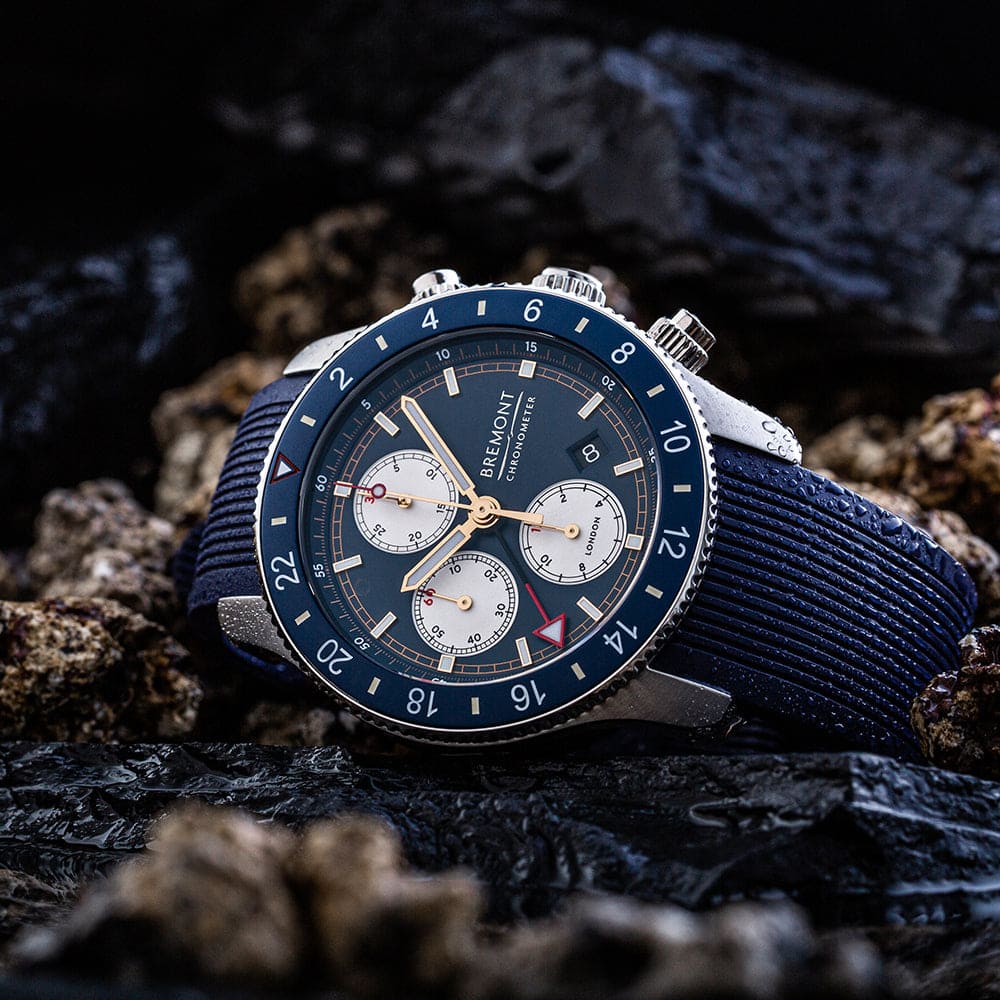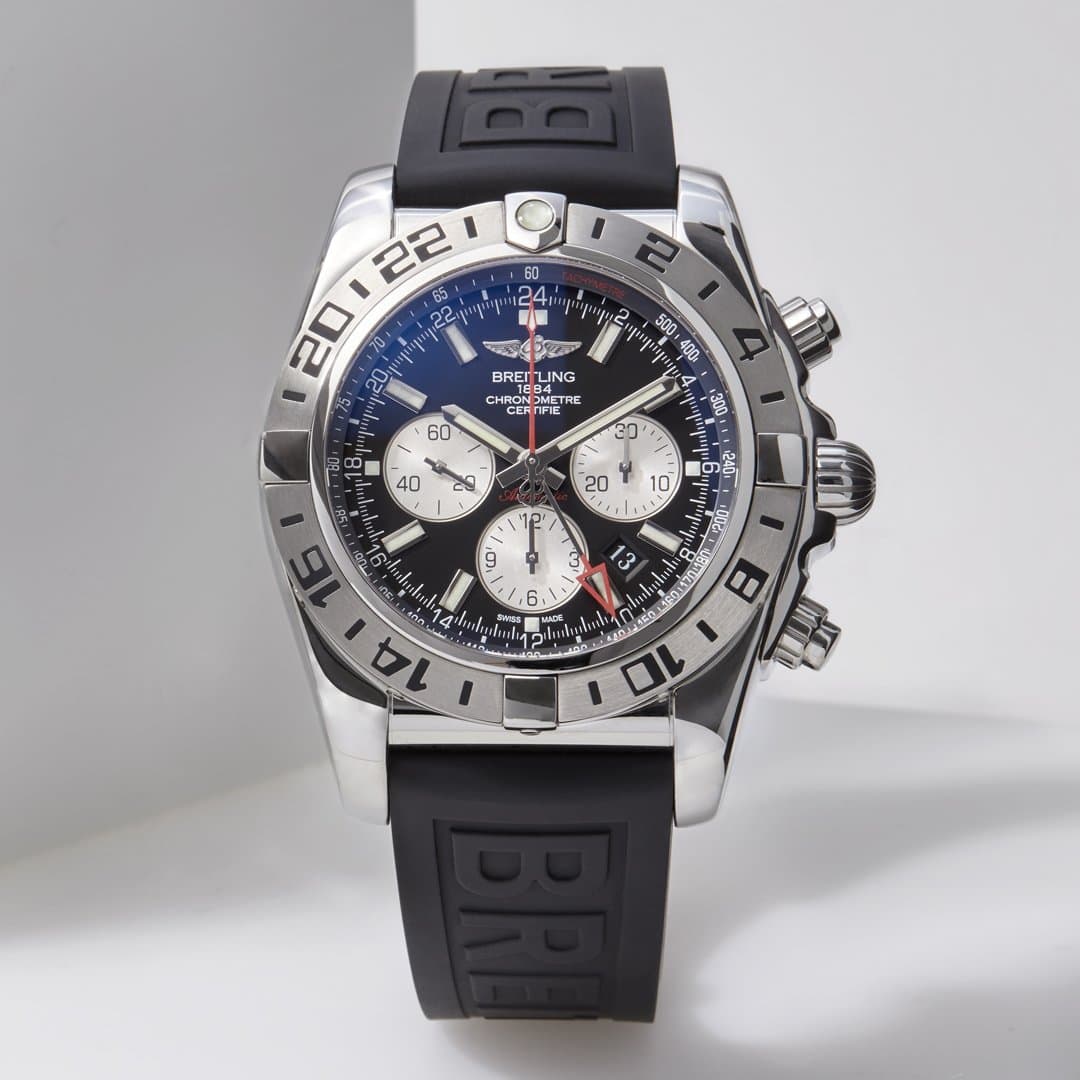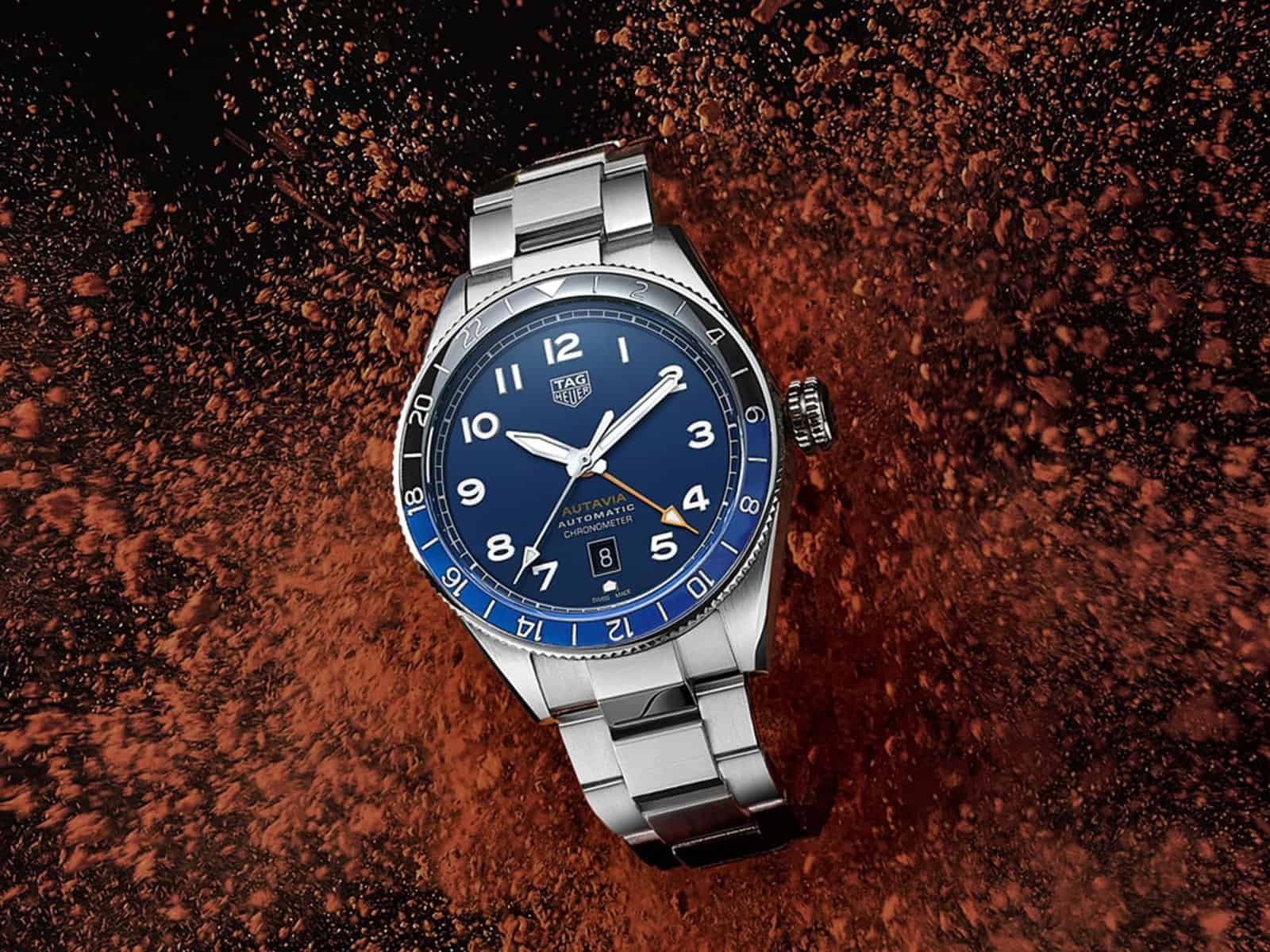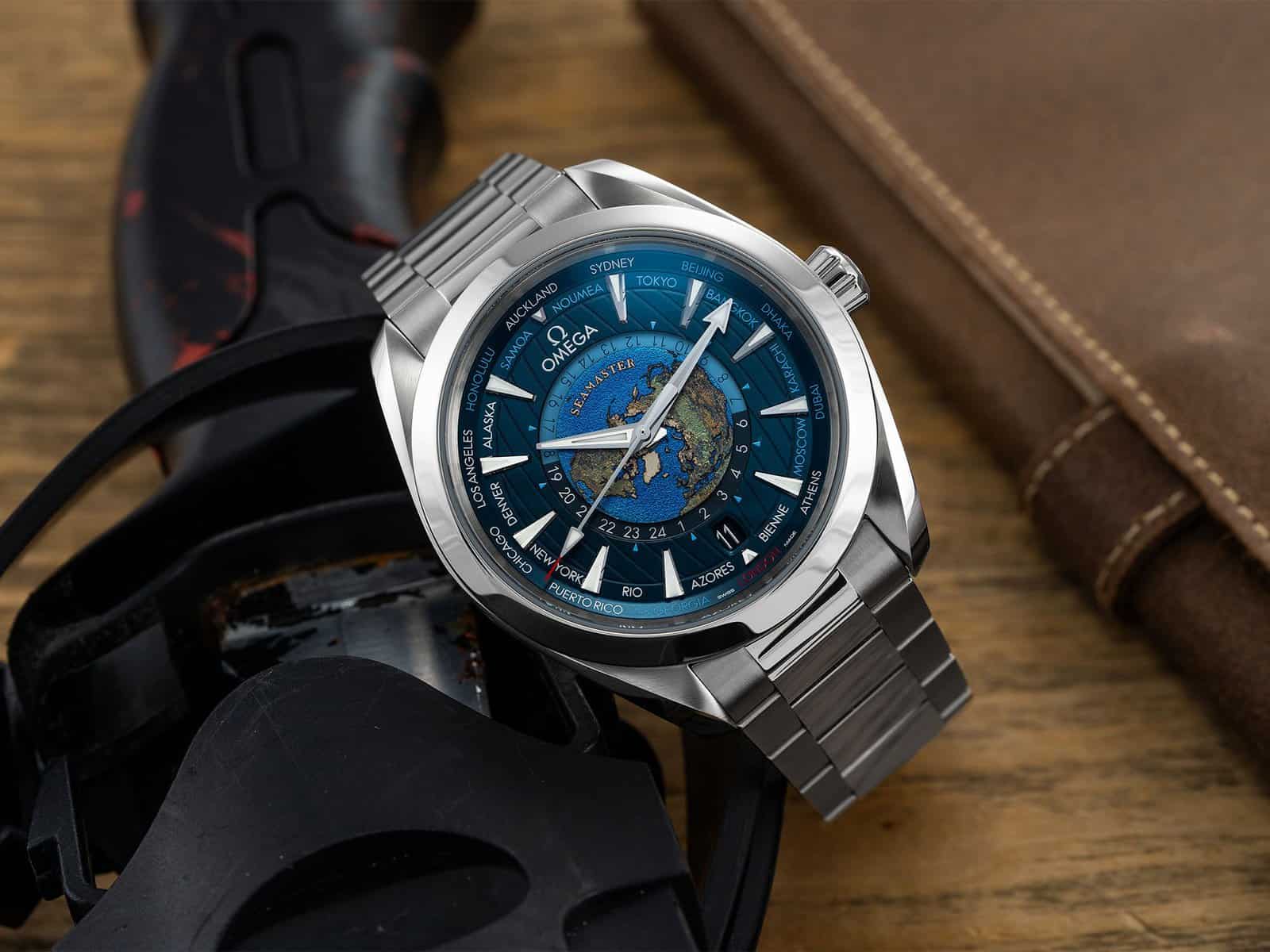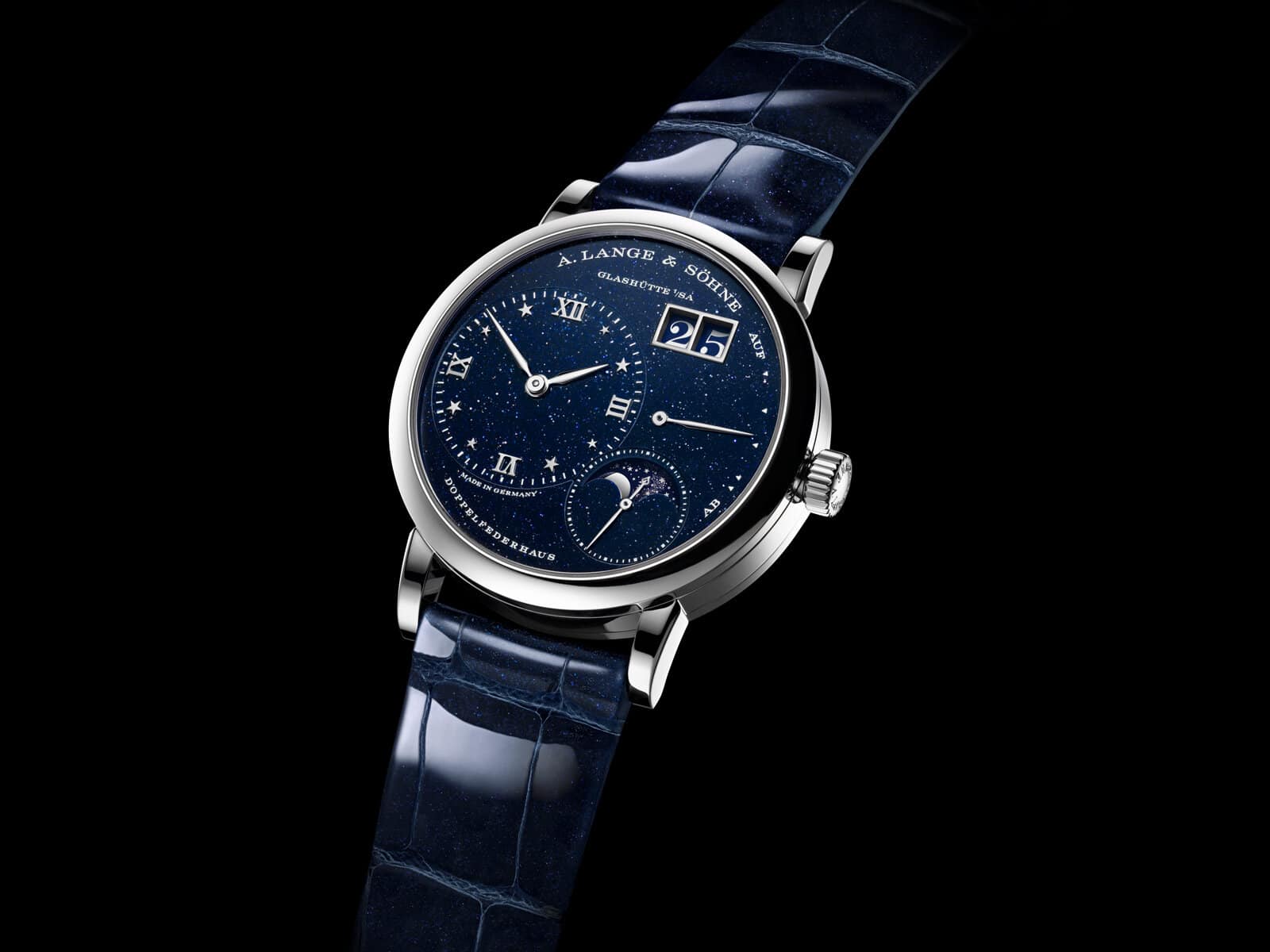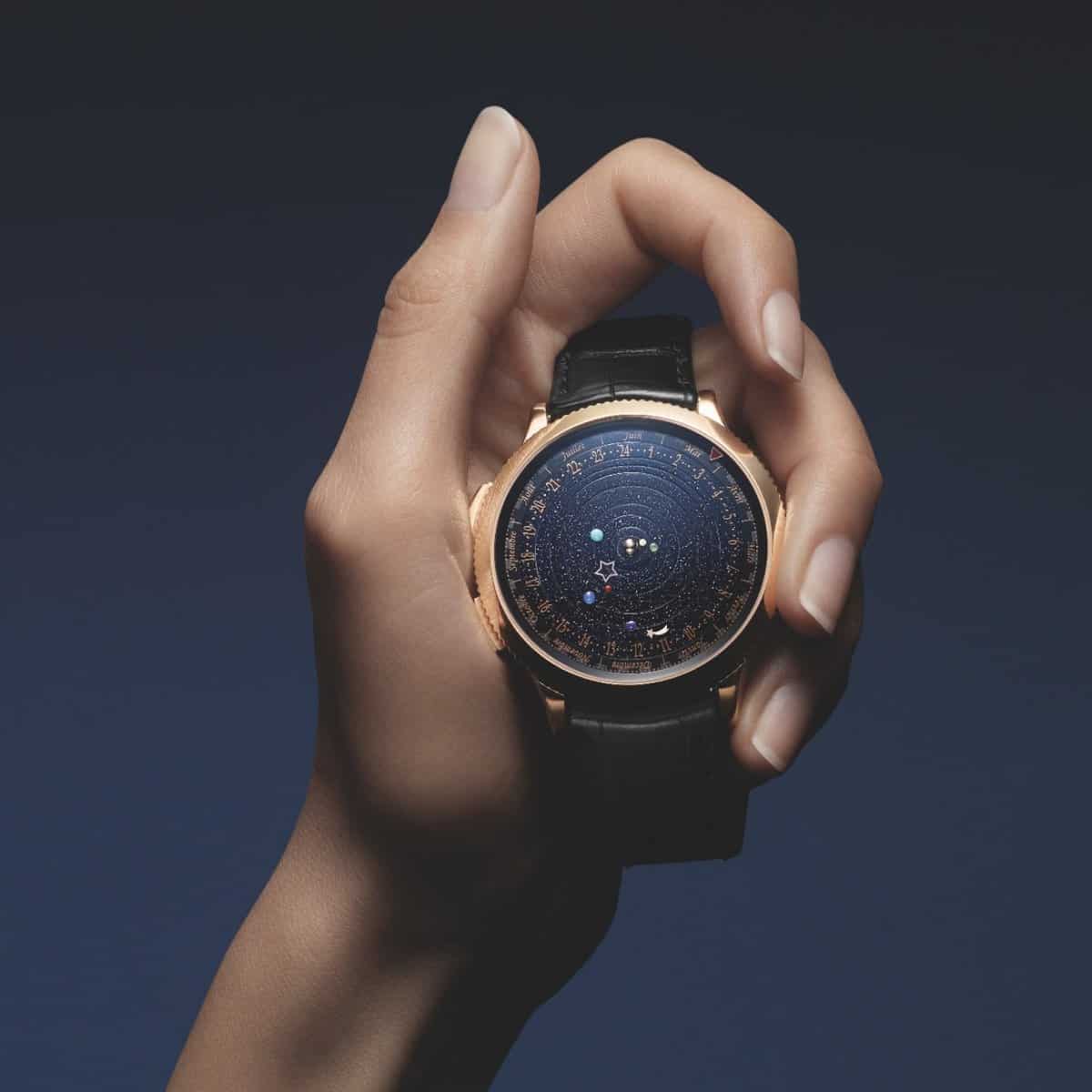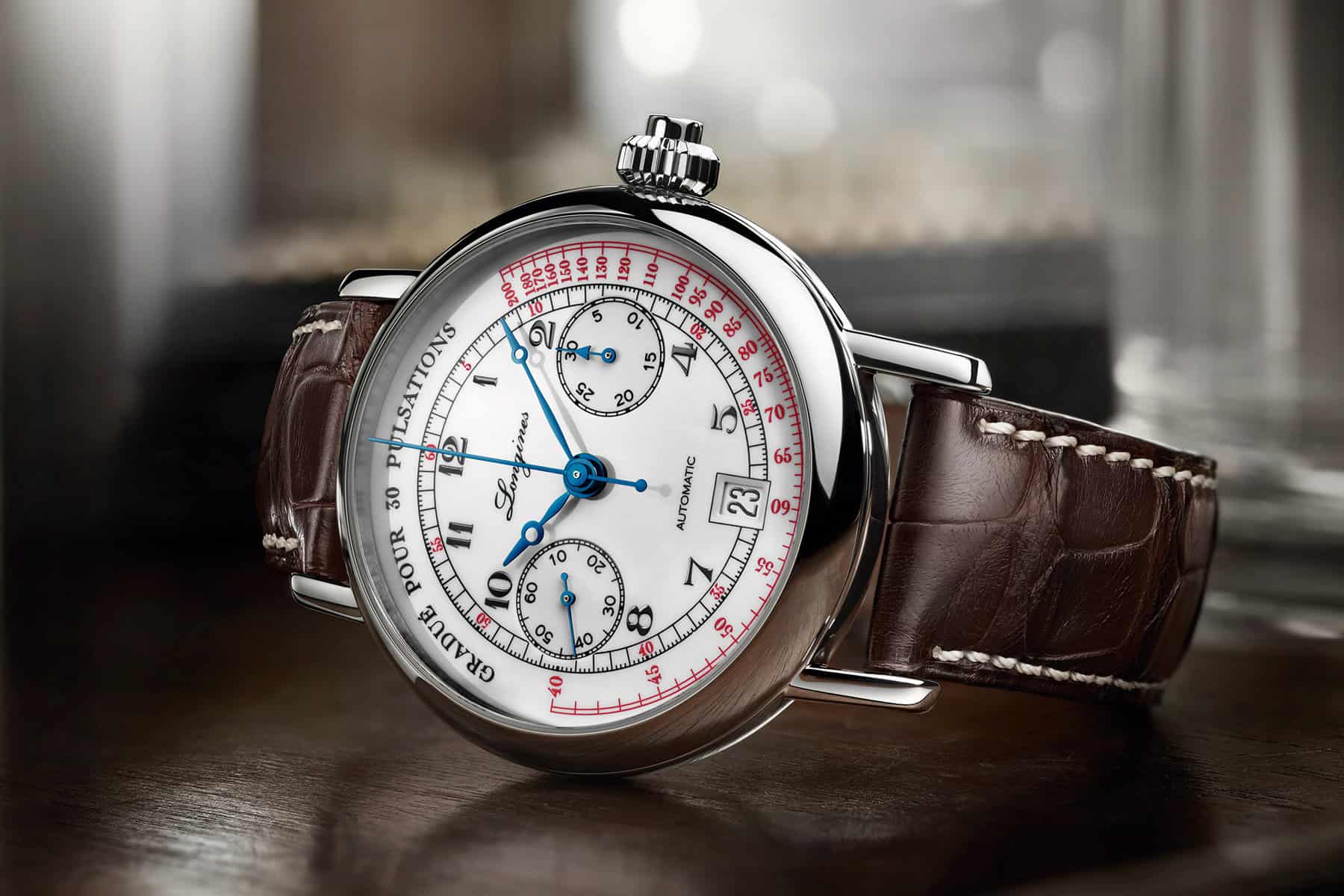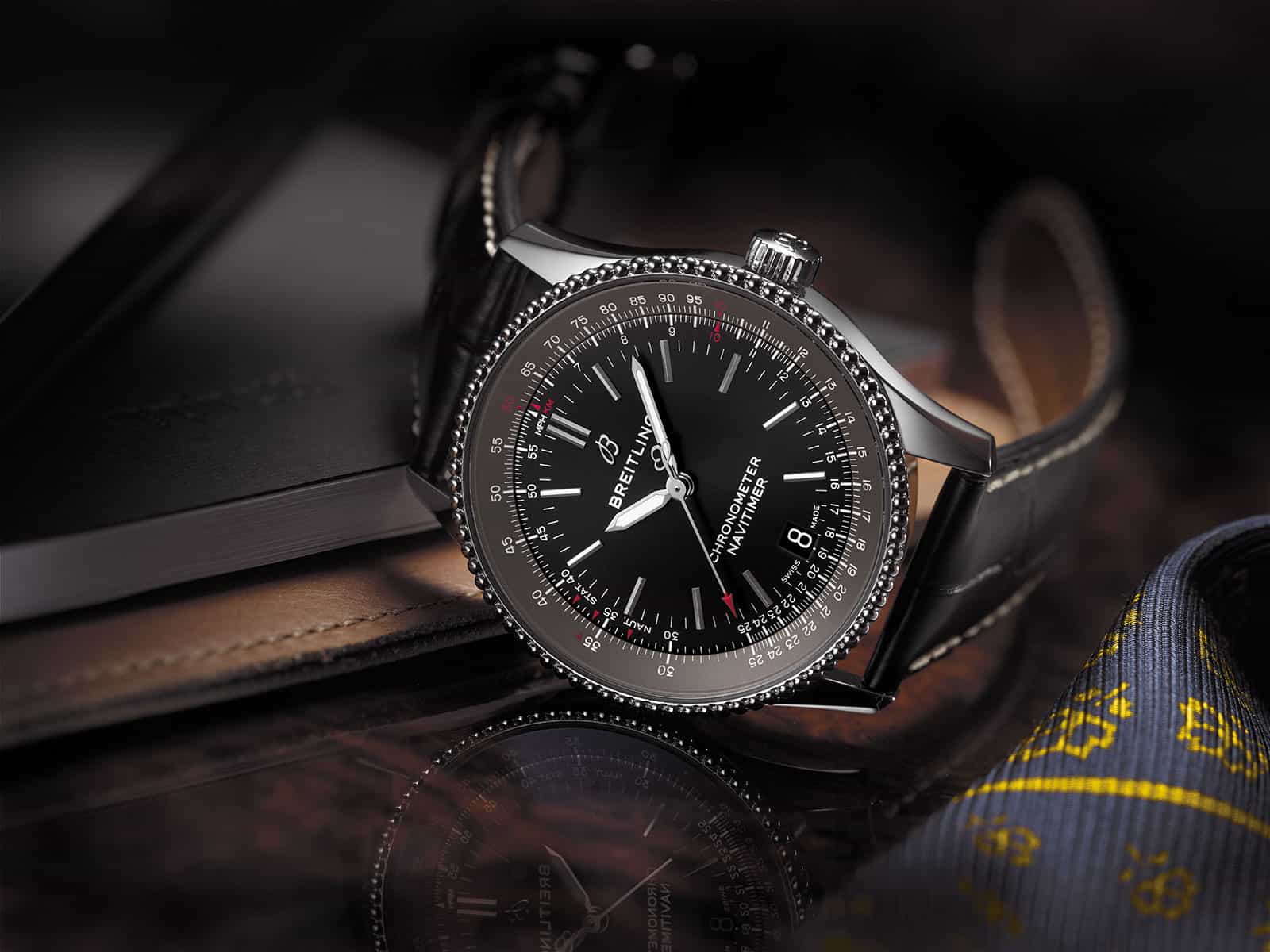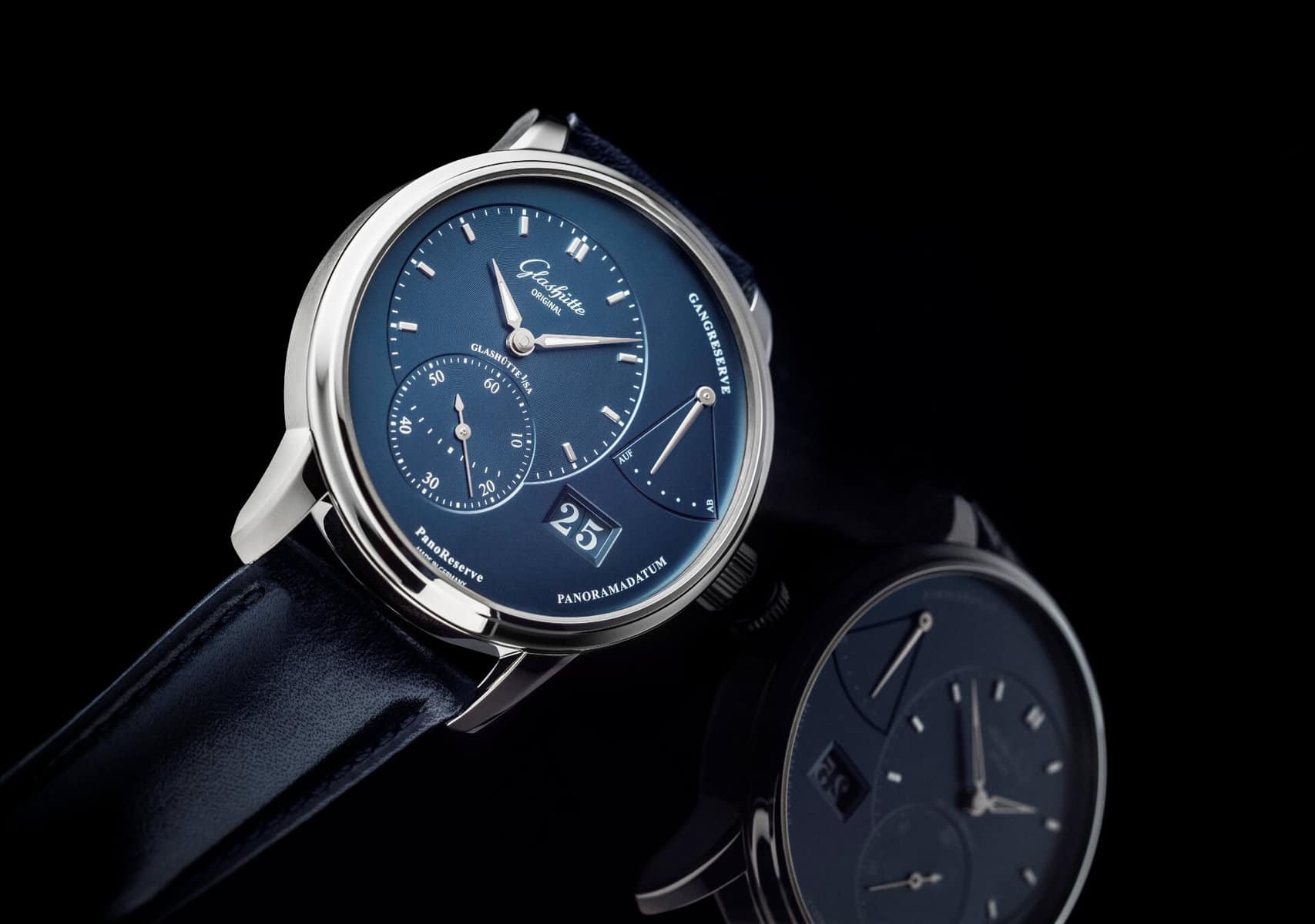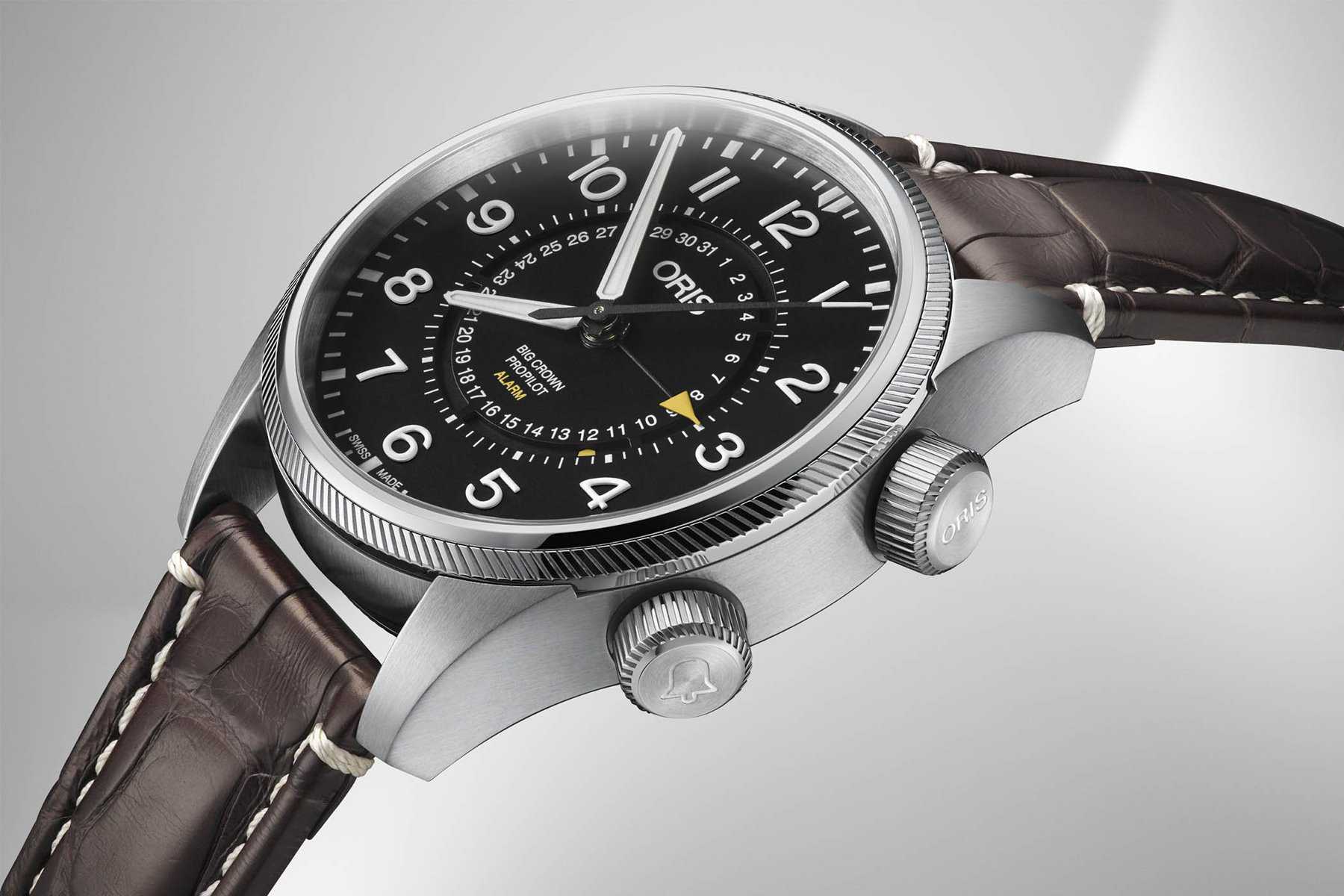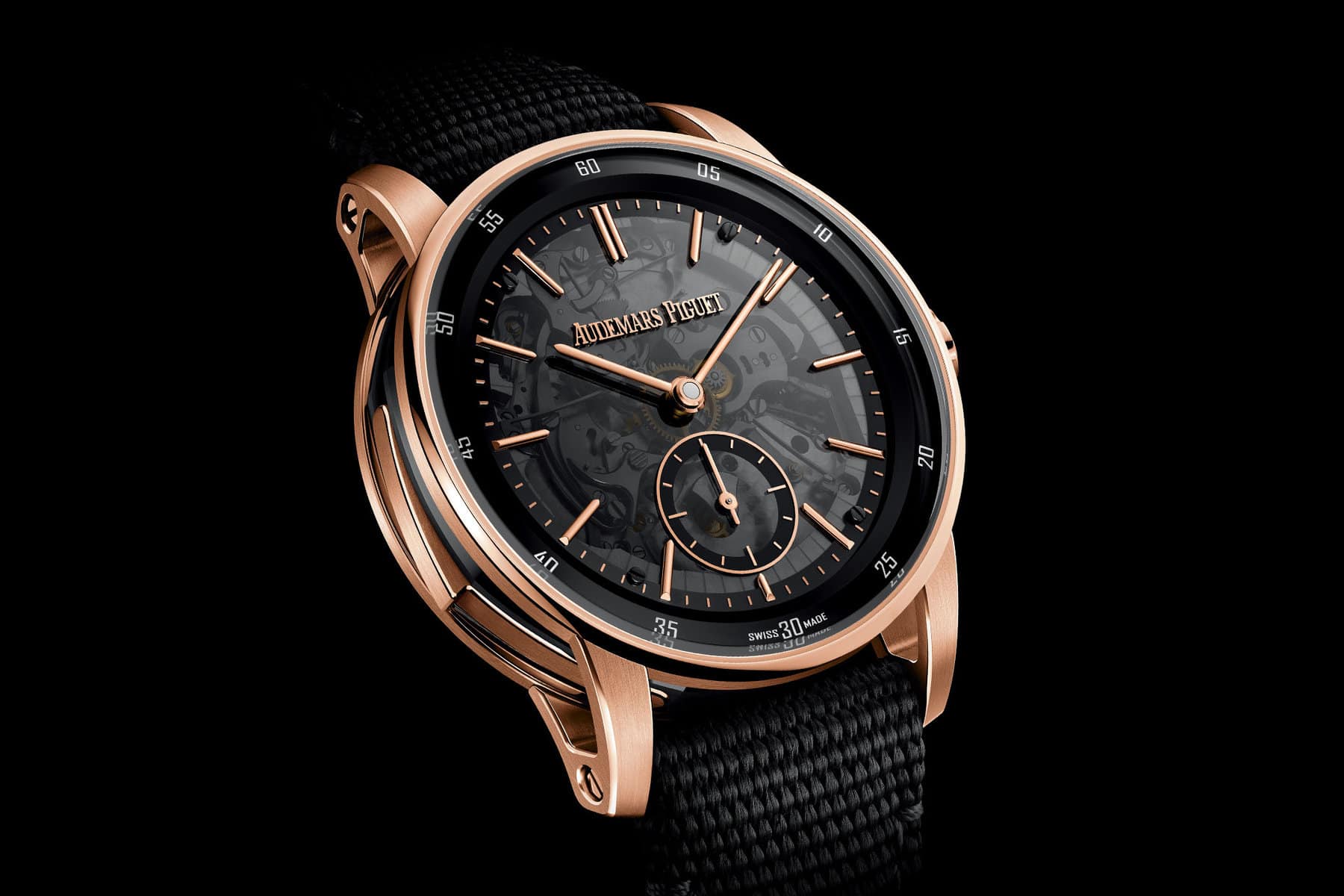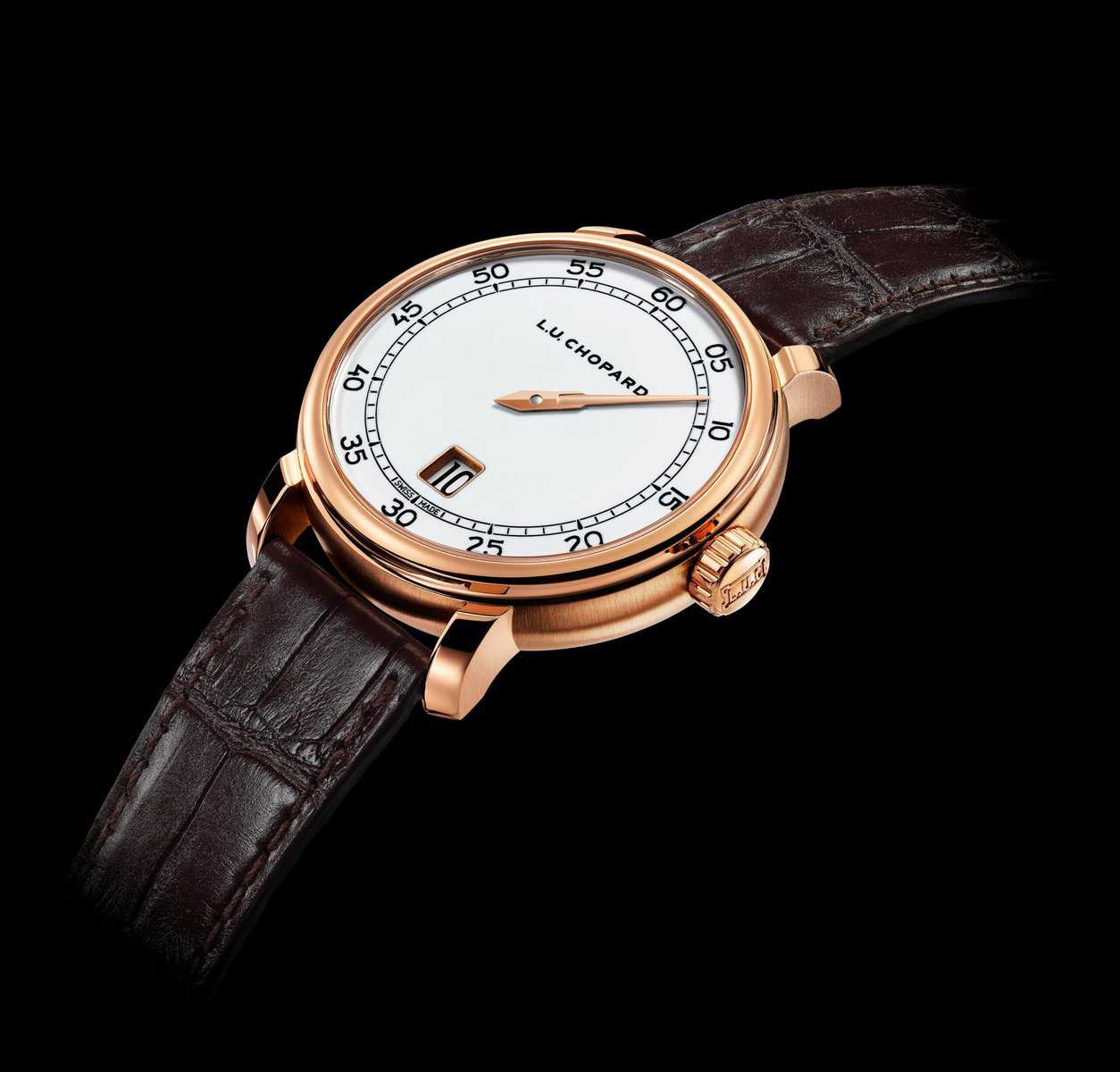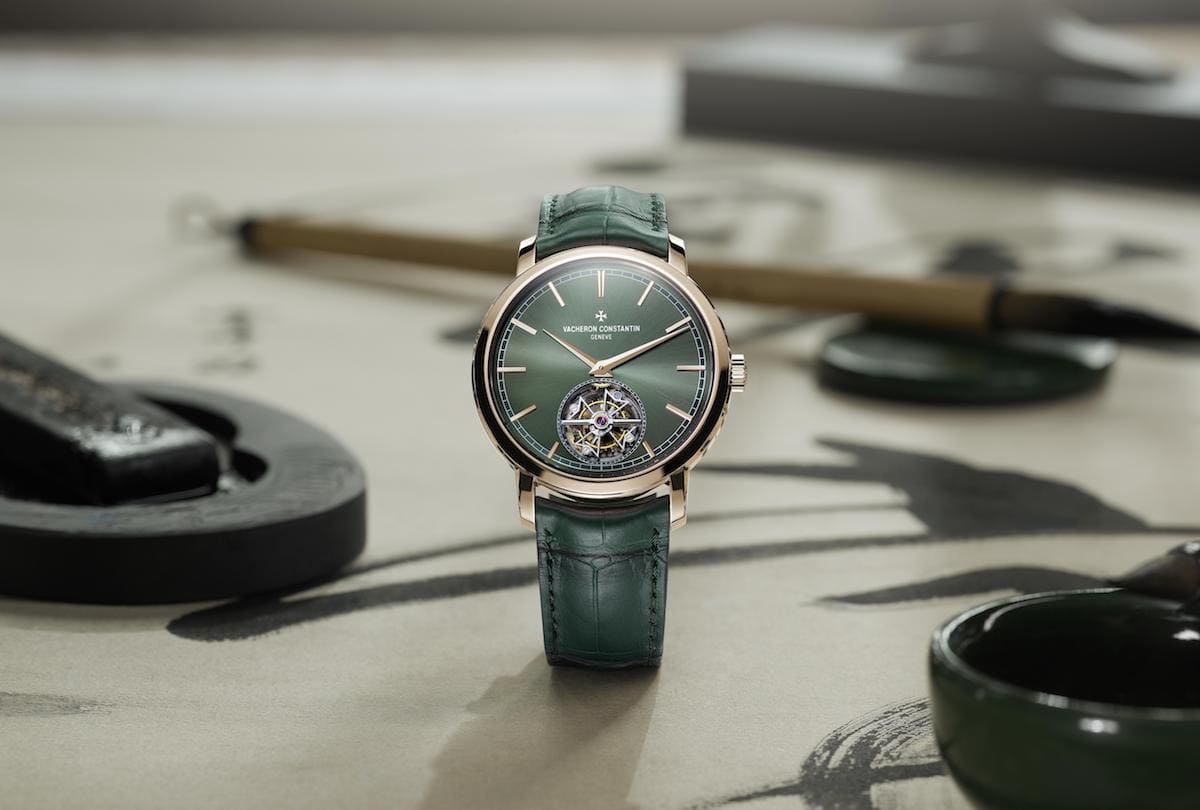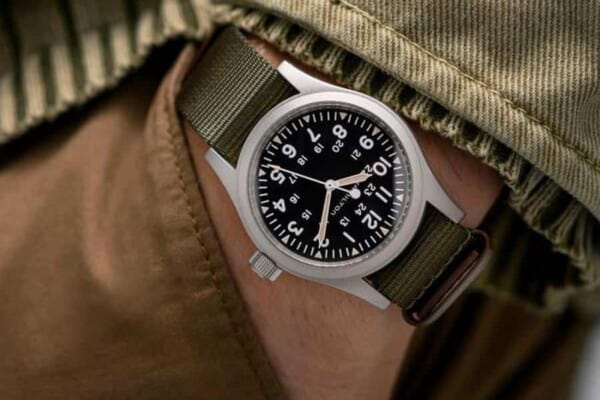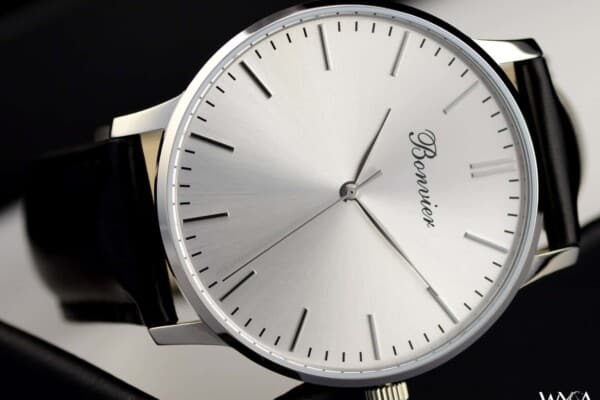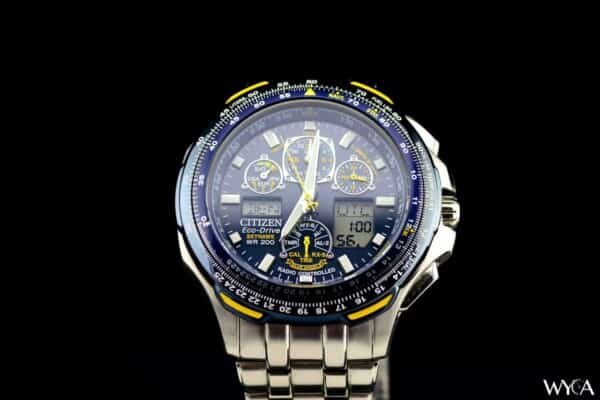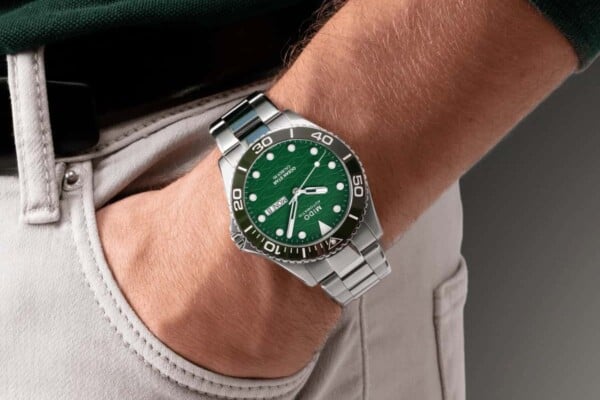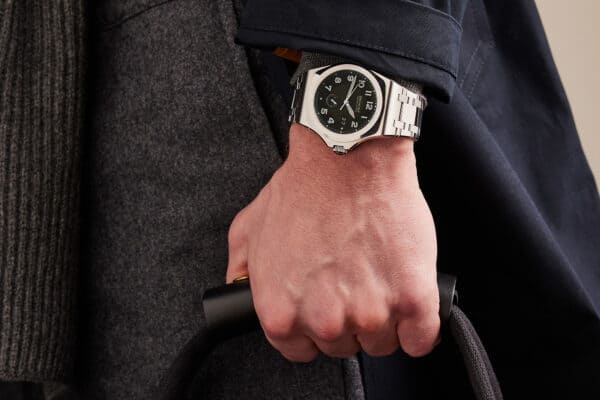For those of you who think smartwatches are everything because they’re packed full of features, we’ve got a surprise.
Classic analog watches can come with plenty of features as well, only that they aren’t called features, but complications, a term those unfamiliar with the watchmaking world might find… “complicated”.
It’s not. It’s actually quite simple, once you get to understand this world.
A complication is nothing but an additional function added to a mechanical watch, besides the usual time keeping with hours, minutes, and seconds.
That adds complexity to the underlying mechanism of the timepiece, hence the term complication.
Depending on what function or functions are added, the complexity of the movement inside the watch can increase tremendously, and thus its value, rising the price to what would seem like exorbitant sums.
Some complications add interesting problems that need to be solved mechanically for the function to work properly, while others are extremely simple.
In this article, we’ll strive to reduce the confusion around watch complications and explain the most important ones.
Date
The Date complication is the most common of them all, and that because it’s one of the most basic watch functions, using a single disc split in 31 days, and not adding much complexity to the movement.
It’s found as a simple display, with the date inside, typically placed at the 3 o’clock position. The date has to be manually adjusted at the end of each month that doesn’t have 31 days.
There are of course variations on this complication, with the Large Date or the Pointer Date as some of the most frequent.
The Large Date, also known as grande date or big date, is as its name implies, a larger and double date window, and uses two discs, one for the tens and the other for the ones numeral.
The Pointer Date is a little bit more interesting, because it shows the date on a numerical scale (from 1 to 31), typically found as an outer ring on the watch’s dial.
There’s a center hand that moves around the dial, similar to the hour or minutes hand, but it does it in daily increments indicating the current date.
Day-Date
The Day-Date complication, also known as a Simple Calendar, is similar to the Date, only that it also shows the day of the week, often in separate windows placed in different positions on the watch’s dial.
And how does it work? Under the dial, there are two little rotating discs, dancing together, making sure everything changes right at midnight.
It’s a tiny ballet inside your watch, a clever piece of machinery that brings a big dose of functionality.
Triple Calendar
A Triple Calendar, or Full Calendar, is a complication that adds the day, date, and also the month information on the dial.
The way it’s displayed can differ greatly from watchmaker to watchmaker, depending on their creativity and style.
Therefore, you could find the triple calendar complication in various positions, windows, or subdials, and it typically requires adjusting at the end of every month that is shorter than 31 days, like with the date complication.
Annual Calendar
The Annual Calendar is similar to the full calendar complication in the information it displays, but its mechanism is a little bit more complex in that it compensates for the months that have only 30 days instead of 31.
That means it only needs to be adjusted once every year, at the end of the month of February, which doesn’t fit the usual length of 30 or 31 days.
When it comes to the way it’s displayed, it’s similar to the triple calendar, as it combines various ways of displaying the information.
Perpetual Calendar
The Perpetual Calendar is the most sophisticated calendar complication a mechanical watch could have.
The complex movement takes into account the length of every month, including February, in both leap years and non-leap years, for many decades to come.
Once a perpetual calendar has the correct day, date and month set, it won’t need adjusting until the year 2100, which is the next year when the leap year cycle doesn’t follow the usual pattern.
Since the calculations in the Gregorian calendar aren’t 100% precise, things need adjusting, and once every four years, the usual 365 days become 366, and February gets one extra day.
But that isn’t 100% accurate either, and every once in a long while, that needs adjusting too.
And the next moment in time when this will happen is 2100, which usually should be a leap year with 366 days, but it won’t.
Therefore, this is why a perpetual calendar watch will need adjustments made in 2100.
But that’s probably beyond your life expectancy, so you shouldn’t worry about it.
Chronograph
The Chronograph is one of the most popular complications, and despite sounding complicated, it’s simply just a stopwatch.
A mechanical one. It’s beautiful, it’s loved by racing enthusiasts all over the world, and it adds that little extra to a watch’s dial, making it that much more interesting.
The chronograph is used to measure elapsed time during certain events, and features a center mounted hand for measuring seconds, and subdials for counting the minutes or hours.
The side of the chronograph watch usually comes with two buttons, or pushers, which is the most common design nowadays, used to operate the stopwatch functions.
There are several variations to the chronograph complication, two of the most common being the Flyback Chronograph – which allows the user to stop, reset to zero, and restart the stopwatch, all in one push instead of separate ones for each function, and the Split-Seconds Chronograph – that comes with two elapsed seconds hands, one used to measure the total time, and the other used for split time.
Tachymeter
A Tachymeter is used to measure the speed of a moving object over a known distance or the distance if the speed is known.
It’s a complication that’s seen in chronograph watches most often, as they’ve got related functions.
The way this complication is typically added to mechanical timepieces is by having a numerical scale on the outside of the dial, or a separate bezel, and reading is done via the chronograph hand.
GMT
The GMT, or Greenwich Mean Time, complication on a watch means that it will be able to show time in two different time zones, usually by using a secondary hour hand and a 24 hour scale, either on the dial or the bezel.
It’s probably the most useful complication for those who travel around the world often.
This and the Dual Time are often confused, but we’ll talk about that below. GMT watches come in two categories, caller GMTs and true GMTs.
Caller GMTs utilize a 24 hour hand that moves around the dial once every 24 hours and thus makes reading time less intuitive but useful enough to know somebody else’s local time, so that you know not to call them at inappropriate hours, hence the name “caller”.
True GMTs on the other hand will allow independent setting of the hour hand both forward or backward, to allow adjusting your local time easily if you’re traveling often, keeping the 24 hour hand showing time at home.
Dual Time
The Dual Time watch will display two time zones, using various ways to do that, from two 12 hour hands to separate subdials with their own hands for the second time zone, or any other indicators.
The simple conclusion you should take from here is that all GMT watches are also dual time, but not all dual time watches are GMT.
World Timer
The World Timer complication is more sophisticated than a dual time or GMT, but it’s the ultimate companion for those frequent travelers.
It shows time in all 24 main time zones at the same time, and it does that through a separate rotating bezel that has an inscription with the name of the main city of each time zone, plus a 24 hour scale that shows time in each of these world cities.
When done with impressive craftsmanship and great attention to detail, the world timer complication can be extremely beautiful.
Moon Phase
The Moon Phase complication isn’t among the most useful, but it adds beauty and character to a watch’s dial.
It’s often found in calendar watches, and shows, as its name implies, the current phase of the moon in a separate subdial.
Its use started with the sailors of the past, who had to rely on the phase of the moon to predict tides.
The way it’s done is by using a rotating disc with two small moons, showing the part of the moon that’s currently illuminated as seen from Earth.
Though few people actually need this complication today, it’s coveted for its aesthetic.
Planetarium
Watches with the Planetarium complication, also called astronomical watches, go way beyond the moon phase indicator above, showing various information about Earth and the solar system, from the position of planets in real time relative to the Sun to calculations regarding the equation of time or the sidereal time.
The planetarium complication can be extremely complex and beautiful, but also extremely expensive at the same time.
Pulsometer
The Pulsometer complication, or pulsograph, is used to record the heart rate. It’s similar to a chronograph, but with a particular scale that measures heart beats per minute.
In the past, these watches used to be called doctor’s watches, but they’re pretty rare these days.
Telemeter
The telemeter is one of the rarest watch complications in use today.
What it does is measure the distance from an event by using the difference between the visual and the audible phenomenon.
Think about a thunderstorm and the difference between the moment when you see the lighting and the moment you hear it.
That time difference is what a telemeter measures.
Though more a thing of the past, you can still find timepieces with a telemeter complication.
Slide Rule
The Slide Rule complication used to be an important tool for pilots back in the days of analog flight instruments, when electronic navigation wasn’t even imagined.
The slide rule was invented by Breitling, a legendary watchmaker known for their astonishing aviator watches.
The vital in-flight calculations were made on the respective scale which includes standard mileage (STAT), kilometers (KM), and nautical miles (NAUT), helping the pilot determine various flight parameters such as fuel consumption, climb or descent rates, or distance flown.
Today, though the modern cockpits include all the needed electronic navigation instruments, the slide rule is still something pilots and aviation enthusiasts look for in a watch, as a homage to the early days of flight.
Power Reserve Indicator
The Power Reserve Indicator is a useful complication that some watch manufacturers choose to use, aiding the wearer in knowing how much time is left until the watch runs out of stored energy.
Since mechanical watches tend to last up to 2-3 days without winding, the power reserve indicator is a nice to have feature.
The way this is displayed on a watch’s dial ranges from very intuitive to very unconventional. One of the most common power reserve indicator has a fuel-gauge-like style, similar to those found on older cars, with a hand that moves from full to empty.
Others are simply gorgeous, showing, besides the useful information, the excellent craftsmanship and creativity of the watchmaker.
Mechanical Alarm
For some, this is probably unheard of in a wristwatch. A mechanical alarm. Yes, it’s possible, though extremely rare.
It was introduced back in the 1940s by Vulcain, with its Cricket model, and soon, others followed.
The alarm complication used an independent hand that’s connected to a notched cam and a separate crown used to set the alarm.
The way it works is through a hammer that strikes a membrane at the set time, making it vibrate, thus creating a buzz sound.
Minute Repeater
The Minute Repeater complication is more of a luxury accessory in the world of watch complications.
It’s probably the oldest and the least useful today, which makes it exceptionally expensive when you do find it.
The minute repeater chimes the time on demand.
If you’re wondering what for, know it was the only practical method of telling the time in the dark back in the day, when no source of light was available.
The complication uses two small hammers that strike coiled metal gongs, producing a certain tone for the hour, a different one for the quarter-hour, and another one for the minutes past the quarter.
Think of different sound pitches to code hours, quarters and minutes.
This is one of the most complex and difficult watch complications to create, and given the fact that it’s essentially useless today, it’s rarely seen anymore.
Jumping Hour
If you know a little bit about mechanical watches, you know that the watch’s hands go smoothly from one hour to the next, from one minute to the next, from one second to the next.
It’s easily observable when you look to the seconds hand.
What the Jumping Hour complication does is to make the hour hand remain in place on the respective hour until the 60th minute.
As soon as the minute hand completes a full circle and reaches back to 60, or 0, the hour hand jumps to the next hour.
The complication, though unusual, was invented to reduce the confusion that happens when the hour hand reads a certain hour but it’s so close to the next, providing better legibility and more accurate time telling.
Think something like 7:58 vs 8:58. The Jumping Hour is also very pleasing from an aesthetic point of view.
Tourbillon
The Tourbillon is the subject of much debate when it comes to complications. Technically it’s not a complication, because it doesn’t add another function to the timepiece, though some consider it is.
Regardless of these opinions, the tourbillon is probably one of the most beautiful and prized displays of haute horology and fine craftsmanship.
And because of that, tourbillon watches are among the priciest of them all.
The purpose of the tourbillon is to compensate for the effects of gravitational pull on a watch’s movement accuracy, encasing the balance wheel and escapement inside a rotating cage that makes a full 360 degree rotation every minute.
Though this functionality is less important in a wristwatch that’s moved around by the wearer’s wrist, a tourbillon is a mesmerizing sight.
There are more watch complications and variations for each than we could include here, and certainly plenty more to tell about each complication, but we hope we’ve got you the basics clear enough.
Each watch complication has, or had, its use, and they all have a certain beauty to them, especially when you go higher on the watchmaking scene.
